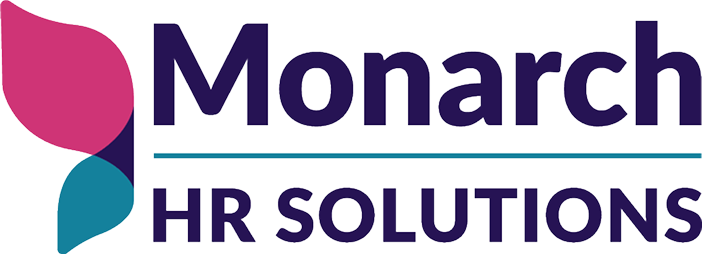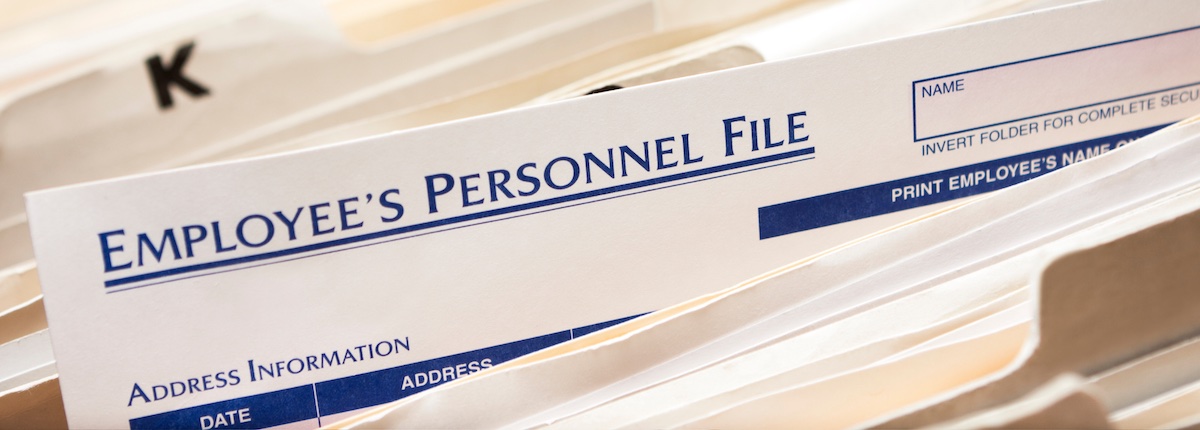By Dan Darabaris
Believe me, you don’t want to deal with compliance issues. In order to pass audits and regulatory processes, and comply with labor laws, you better have all of your required employee documents filed and accessible. This includes recruitment and onboarding paperwork, employee handbook, training materials, performance-related paperwork, medical information, and employee exit documents.
You need to be aware, however, that simply having these documents on hand is not enough from a compliance standpoint. Because of the sensitive nature of much of this information (such as Social Security numbers, immigration status, sexual orientation, and medical history) and specific laws that are in place, some paperwork needs to be kept separate so it is not accessible to managers or supervisors. I recommend to my clients that they maintain six categories of files for each employee in order to comply with the separation of documents requirements.
Organizing Employee Files into Specific Categories
Following the employee file organization system below will help you maintain compliance.
Personnel File
- Recruiting documents (job description, job application, resume, cover letter, educational transcripts, letters of recommendation, interview notes, offer letter, employment contract)
- Records relating to promotions, transfers, layoff
- Pay and compensation information
- Education and training records
- Employee handbook
- Policy acknowledgements
- Confidentiality agreements
- Non-compete agreements
- Relocation agreements
- Awards and letters of recognition
- Warnings and disciplinary notices
- Performance evaluations
- Goal setting records
- Co-worker complaints
- Termination notice
- Exit interview notes
Confidential File
- References
- Background checks
- Drug test results
- EEO self-identification of gender and race/ethnicity
- Affirmative action self-identification of race, gender and veteran status
- Child support and garnishments
- Litigation documents
- Criminal history
- Credit information
- Requests for employment or payroll verification
Medical File (separate file is required under HIPPA)
- Health insurance applications and forms
- Medical questionnaires
- Benefit claims
- Doctors’ notes, forms, and correspondence
- Medical leave records
- Workers’ compensation claims
- Accommodation requests
Benefits File
- All benefit enrollment forms
- Benefit beneficiary designation records
I-9 File
- I-9 immigration form
Affirmative Action File
- Affirmative action self-identification of disability form
Having a complete employee file, separated into specific categories, will help your business to be compliant.

